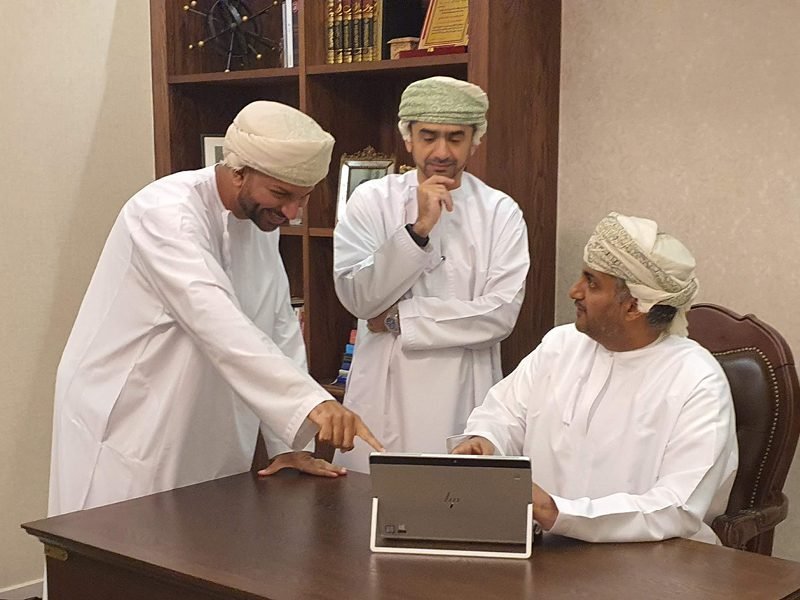In our digital age, a business’s website is often the first interaction and impression a customer has with a brand. For Omani companies, innovative and user-centric web design is paramount for engaging audiences, building trust and credibility, and driving conversions. This post dives into the principles and best practices of modern web design to help regional businesses create stunning, functional websites that foster lasting connections with their target audiences.
The Importance of Web Design (website design impact, user experience) A visually appealing, well-designed website is no longer just a nice-to-have – it’s an essential component of a business’s overall branding and digital presence. From establishing credibility and professionalism to providing an intuitive, seamless user experience, effective web design can directly impact customer perceptions, engagement, and ultimately, conversions and revenue.
Principles of User-Centric Design (user-centered design, usability) At the core of modern web design lies a laser focus on the end-user and their needs. User-centric design principles prioritize intuitive navigation, clear information architecture, and accessible functionalities tailored to how people actually interact with and consume digital content. By putting the user first, businesses can create websites that are not only visually appealing but also highly usable and memorable.
Responsive and Mobile-Friendly Design (responsive web design, mobile optimization) In today’s multi-device world, it’s imperative that websites are optimized for diverse screen sizes and platforms. Responsive web design ensures a consistent, seamless experience across desktops, tablets, and mobile devices, adapting layouts and functionalities to provide an optimal viewing and interaction experience no matter how users access your site.
Crafting an Engaging User Interface (UI design, interactive design) A website’s user interface (UI) plays a crucial role in fostering engagement and guiding users through their journey. Through thoughtful UI design, businesses can create interactive, visually compelling experiences that strategically highlight key information, calls-to-action, and desired user flows. Elements like typography, color theory, iconography, animations, and micro-interactions all contribute to a cohesive, delightful UI that keeps users engaged.
Seamless User Experience (UX design, usability testing) While UI design focuses on the visual and interactive elements, user experience (UX) design takes a holistic approach to ensuring every touchpoint and interaction with your website is intuitive, efficient, and enjoyable. UX best practices, such as user testing, journey mapping, and iterative refinements based on data and feedback, can help identify and eliminate friction points, creating a seamless, positive experience for visitors.
Staying Ahead of Design Trends (web design trends, inspiration) The web design landscape is constantly evolving, with new trends, technologies, and aesthetics emerging regularly. By keeping a pulse on the latest design trends, from innovative layouts and typography styles to immersive multimedia experiences and cutting-edge animations, Omani businesses can ensure their online presence remains fresh, modern, and engaging.
Incorporating Cultural Relevance (localized design, Omani culture) For businesses operating in Oman, it’s essential to consider cultural nuances and local design preferences when crafting a website’s look and feel. Incorporating subtle nods to traditional Omani motifs, colors, or imagery can help create a sense of familiarity and resonance with local audiences, strengthening the emotional connection with your brand.
By prioritizing user-centric, responsive, and visually stunning web design, Omani businesses can position themselves as industry leaders, captivating their audiences and providing digital experiences that foster lasting brand loyalty and advocacy.



